Reviews:
No comments
Related manuals for C16 Series
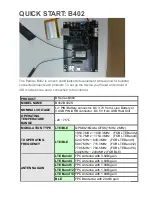
B Series
Brand: Particle Pages: 6
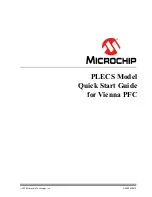
PLECS
Brand: Microchip Technology Pages: 37
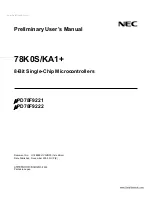
78K0S/KA1+
Brand: NEC Pages: 304
HDR-60
Brand: Lattice Semiconductor Pages: 26
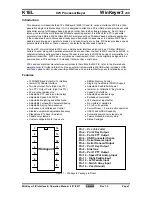
WinKeyer3
Brand: K1EL Pages: 46
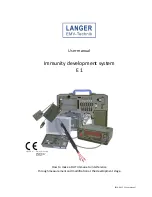
E 1
Brand: LANGER EMV-Technik Pages: 48
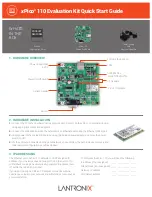
xPico 110
Brand: Lantronix Pages: 3
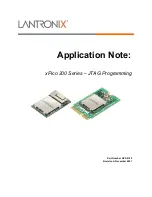
xPico 200 Series
Brand: Lantronix Pages: 7
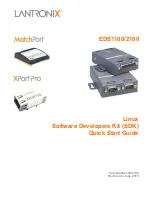
EDS1100
Brand: Lantronix Pages: 15
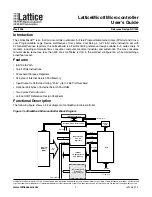
LatticeMico8
Brand: Lattice Pages: 23
MachXO5-NX Development Kit
Brand: Lattice Semiconductor Pages: 2
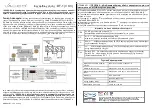
DT-1
Brand: Vageo Pages: 2
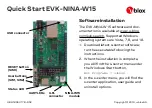
EVK-NINA-W151
Brand: u-blox Pages: 2
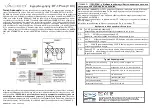
DT-1 Plus
Brand: Vageo Pages: 2
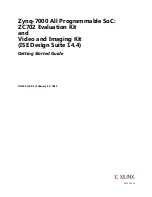
ZC702
Brand: Xilinx Pages: 52
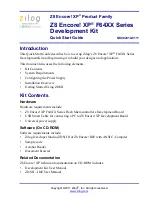
Z8 Encore! XP
Brand: ZiLOG Pages: 12
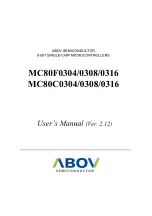
MC80F0304
Brand: Abov Pages: 138
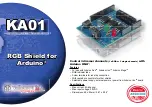
KA01
Brand: Velleman Pages: 12

















